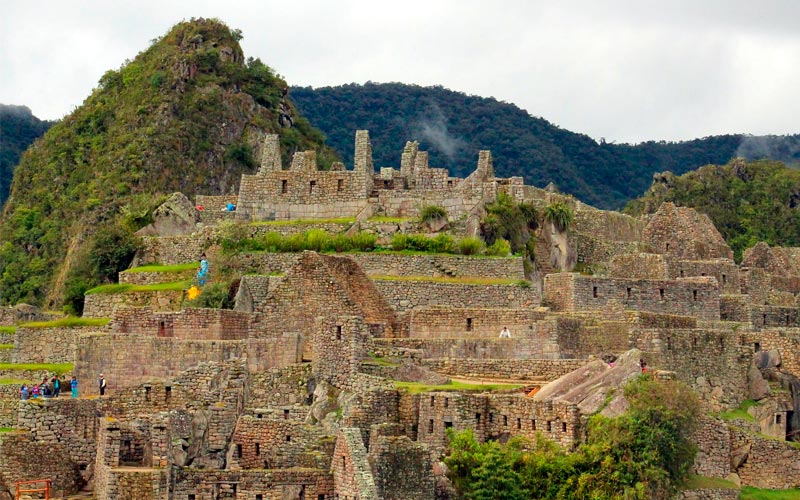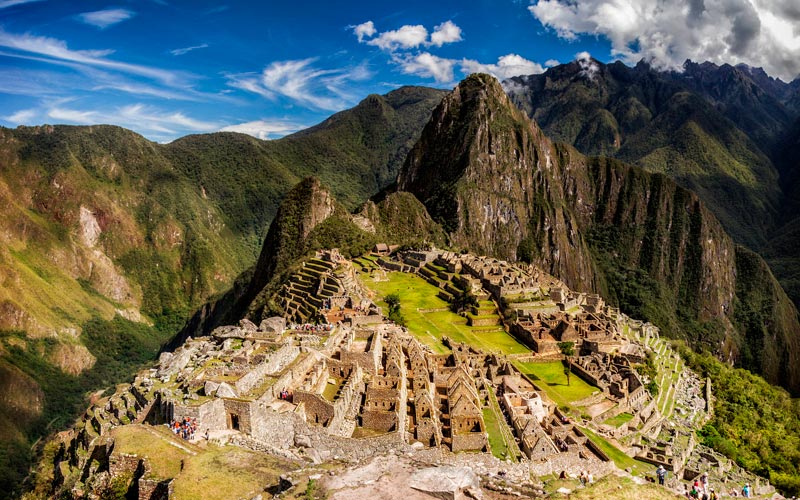Best Time to Visit Machu Picchu – Your Ultimate Guide!
The best time of year to go is undoubtedly during the dry season, which stretches from mid-April to late October. This period offers clear skies, breathtaking views, and minimal rainfall, making it ideal for a delightful tour of the ancient Inca City. However, within the dry season, certain months stand out as particularly favorable, and we highly recommend considering the shoulder seasons. Make this Travel to Machu Picchu with us
The worst time to visit Machu Picchu
If you want to avoid the least favorable conditions, it’s best to steer clear of January, especially late January. During this time, heavy rains are prevalent, leading to landslides that can block the train track from Ollantaytambo to Aguas Calientes, as well as the roads from Cusco to Ollantaytambo. In the past, tourists have faced significant challenges and evacuations due to flooding and mudslides in Machu Picchu Pueblo.

Machu Picchu during shoulder season
Machu Picchu experiences two shoulder seasons: Autumn (mid-April to May) and Spring (September to early November). These transitional months between the wet and dry seasons offer a pleasant climate with moderately cool nights and comfortable days. The number of tourists during the shoulder season is relatively lower compared to the peak months of June to August, making it an excellent time to explore Machu Picchu.

Machu Picchu during dry season
The much-anticipated dry season starts from May and lasts until October. During this period, expect clear days with stunning views and plenty of sunshine, though the nights can be quite chilly. It is no surprise that this time of year is considered the best time to visit Machu Picchu due to its favorable weather conditions. However, keep in mind that sporadic rain showers can still occur, as the site lies on the edge of the rainforest.

Machu Picchu during rainy season
From December to early April, Machu Picchu experiences its rainy season. Visitors should prepare for heavy showers at any time, day or night. The citadel may often be shrouded in clouds, obscuring the view. The wettest month, February, leads to the closure of the famous Inca Trail for maintenance. However, there is a silver lining; the rainy season sees fewer crowds, resulting in lower prices for accommodations, tours, and services.

If you’re considering embarking on the Inca Trail, you might find budget-friendly options for the 4-day or 2-day trek during the rainy season. However, keep in mind that it might be a bit more challenging and require additional preparation due to the weather conditions.
In summary, when planning your journey to Machu Picchu, aim for the dry season and, if possible, the shoulder seasons for the best experience. Keep an eye on weather forecasts, especially if you’re thinking about exploring the Inca Trail during the rainy season. Happy travels!




Share on FacebookShare
Share on Twitter Share